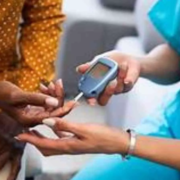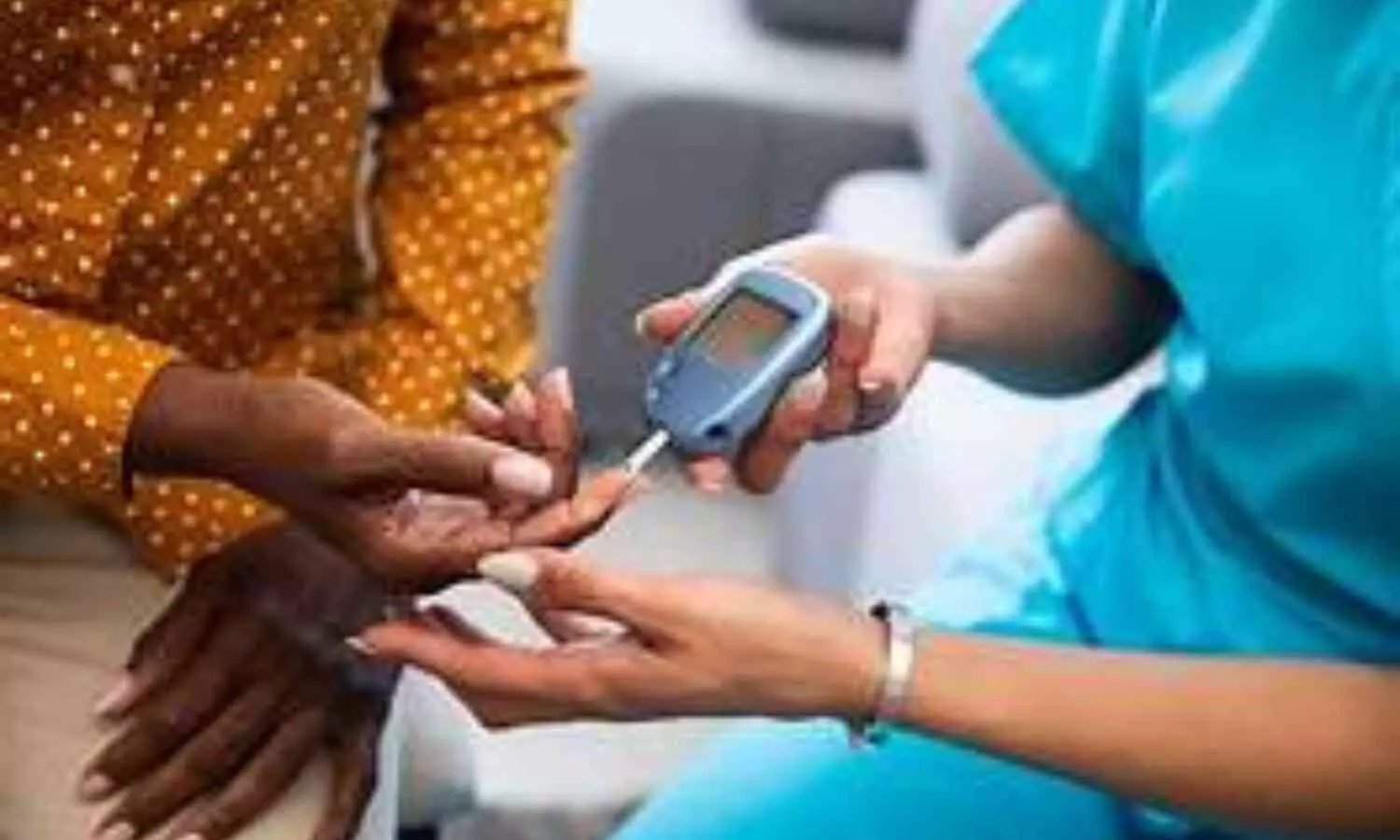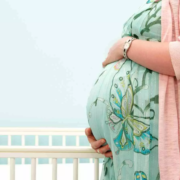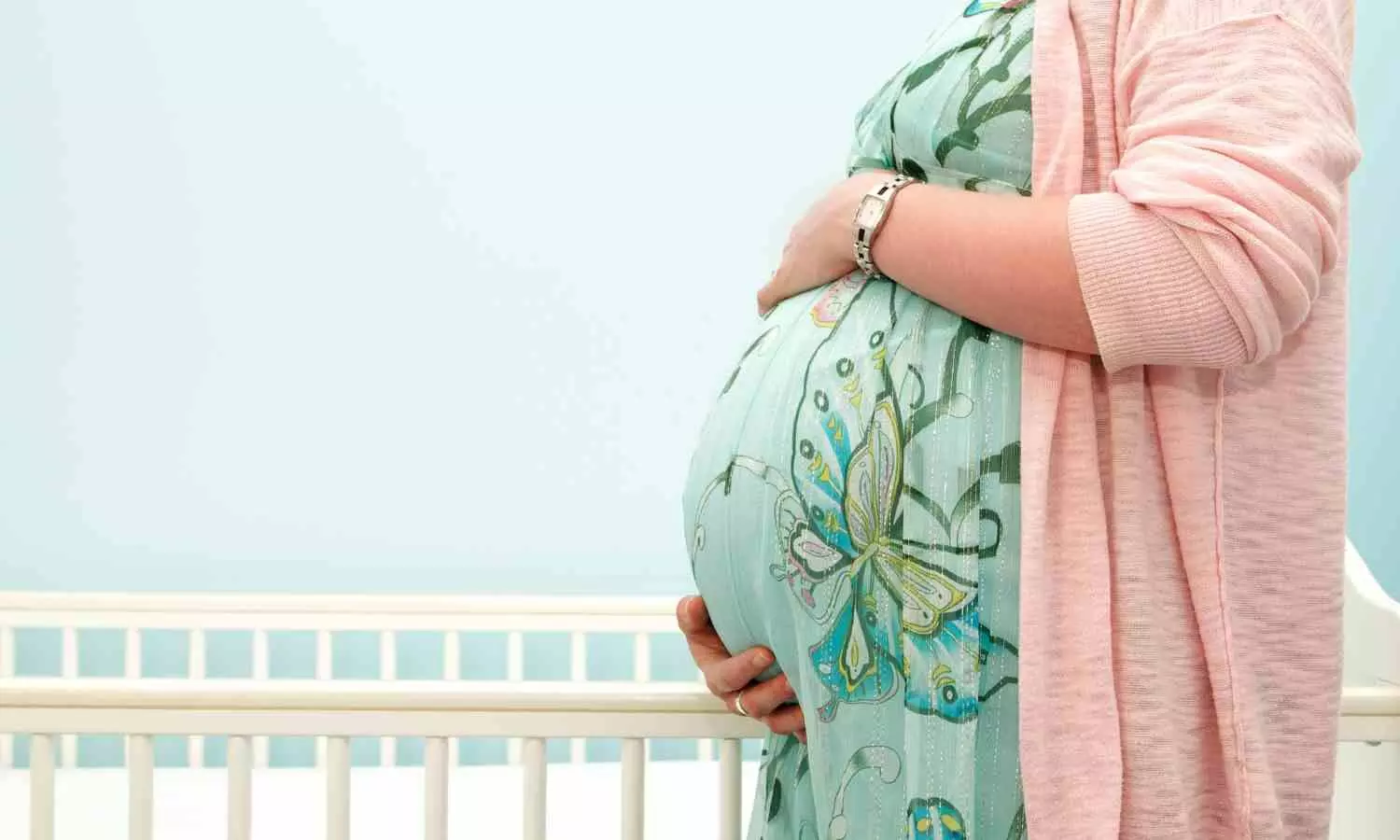Maternal Depression during pregnancy may negatively impact Executive Functioning of child: Study

Maternal depression affects approximately 1 in 7 pregnancies and is associated with pregnancy complications and adverse fetal outcomes. However, there are significant gaps in identifying and treating this condition. Recent study focused on examining the impact of maternal depression and anxiety during pregnancy on child executive functioning at 4.5 years of age. The research involved 323 mother-child dyads from the Ontario Birth Study, an open pregnancy cohort in Toronto, Canada. The study aimed to determine whether the timing and severity of maternal depression and/or anxiety during pregnancy affect child executive functioning, which is crucial for school readiness and long-term quality of life.
Impact of Maternal Depression and Anxiety
The results indicated that greater maternal depressive symptoms at 12 to 16 weeks of gestation were associated with impaired executive functioning in children at age 4.5 years. The study found that children of mothers meeting screening criteria for major depression in early pregnancy scored 11.3% lower on the Flanker test (a measure of attention) and 9.8% lower on the Dimensional Change Card Sort (a measure of cognitive flexibility) compared to children of mothers without maternal depressive symptoms in early pregnancy. The study also demonstrated that mild depressive symptoms had no significant effect on executive function scores. However, there was no significant effect of anxiety symptoms or maternal antidepressant use in early pregnancy or at later pregnancy stages.
Urgent Need for Maternal Depression Treatment
The study emphasized the urgent need to improve the recognition and treatment of maternal major depression, particularly in early pregnancy, to minimize its negative impact on child cognitive development. The findings suggested that fetal exposure to maternal major depression, but not milder forms of depression, at 12 to 16 weeks of gestation is associated with impaired executive functioning in the preschool years. The study provided detailed insights and nuanced findings related to the specific timing and severity of maternal depressive symptoms during pregnancy and their impact on child executive functioning. It analyzed the association between maternal depression and child executive functioning using standardized computerized assessments of attention and cognitive flexibility, highlighting the significance of early recognition and treatment of maternal major depression to minimize its negative effects on child cognitive development. The study results have implications for guiding clinical interventions and emphasizing the importance of addressing maternal mental health during pregnancy to optimize child neurodevelopment.
Key Points
– The study examined the impact of maternal depression and anxiety during pregnancy on child executive functioning at 4.5 years of age using a sample of 323 mother-child dyads from the Ontario Birth Study in Toronto, Canada.
– Greater maternal depressive symptoms at 12 to 16 weeks of gestation were found to be associated with impaired executive functioning in children at age 4.5 years. Children of mothers meeting screening criteria for major depression in early pregnancy scored significantly lower on measures of attention and cognitive flexibility compared to children of mothers without maternal depressive symptoms in early pregnancy.
– The study found no significant effect of anxiety symptoms or maternal antidepressant use in early pregnancy or at later pregnancy stages on child executive functioning. – The findings emphasized the urgent need to improve the recognition and treatment of maternal major depression, particularly in early pregnancy, to minimize its negative impact on child cognitive development. It was suggested that fetal exposure to maternal major depression at 12 to 16 weeks of gestation is associated with impaired executive functioning in the preschool years.
– The study provided detailed insights into the specific timing and severity of maternal depressive symptoms during pregnancy and their impact on child executive functioning through standardized computerized assessments of attention and cognitive flexibility.
– The results have implications for guiding clinical interventions and emphasize the importance of addressing maternal mental health during pregnancy to optimize child neurodevelopment. The study’s findings underscore the critical need for early recognition and treatment of maternal major depression in pregnancy to mitigate its adverse effects on child cognitive development, particularly in relation to executive functioning. These findings are crucial for informing clinical interventions and supporting the prioritization of maternal mental health during pregnancy to enhance child neurodevelopment.
Reference –
Levitan RD, Atkinson L, Knight JA, et al. Maternal major depression during early pregnancy is associated with impaired child executive functioning at 4.5 years of age. Am J Obstet Gynecol 2024;231:246.e1-10
Powered by WPeMatico



















